Quartz crystals are popular among rockhounds and specimen collectors because they’re found in almost every state, are fairly easy to dig up, they’re affordable which makes them great for junior rockhounds, and they come in all sorts of varieties, shapes, sizes, and unique inclusions make them even more interesting.
All quartz crystals have a general composition of silicon dioxide which gives the stone a hard exterior and transparent composition. However, each variety of crystal has a slightly different chemical makeup that influences its color and inclusions.
Some varieties are manipulated by humans through heat and radiation to deepen the color or change the color completely.
Now that we have the general information out of the way. Let’s take a look at the many varieties of quartz and I’ll provide some pics and pointers on how to identify them.
Types of Quartz Crystals With Pics
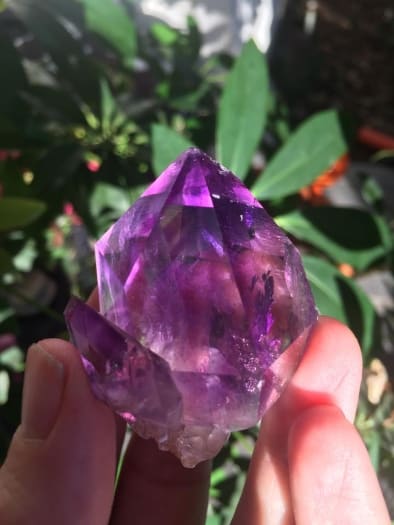
Amethyst Crystals
Amethyst is a purple-colored, translucent variety of quartz and can be found in different forms like single points, clusters, geodes, water-worn nodules, and facet-grade rough. This precious gemstone is the birthstone for February and designer jewelers love incorporating it into their designs.
Throughout ancient history, amethysts were highly prized jewels of kings, queens, and religious leaders. However, after the discovery of large deposits in Brazil, the stone lost its appeal and became a stone for the common person.
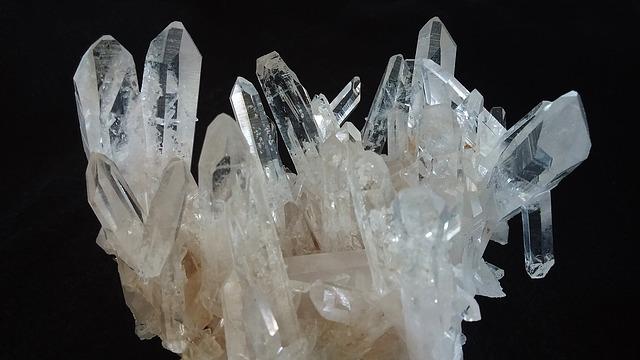
Clear Quartz Crystals
Clear or crystal quartz is the purest variety of quartz crystals and here in the United States, we have one of the best sites for digging up quartz crystals and quartz crystal clusters. Mt. Ida, Arkansas, or Hot Springs, Arkansas is your go-to spot for digging some of the finest quartz crystals.
As you can see from the image above, each crystal looks like frozen water and if you look close you’ll see the natural etching on the faces of the crystals. It’s pretty amazing to think mother nature created these crystals through heat, time, and pressure.
And don’t forget, when you unearth one of these crystal points or clusters you’re the first human to see it and hold it. Kind of cool when you think about it.
Best Places to Dig for Crystals
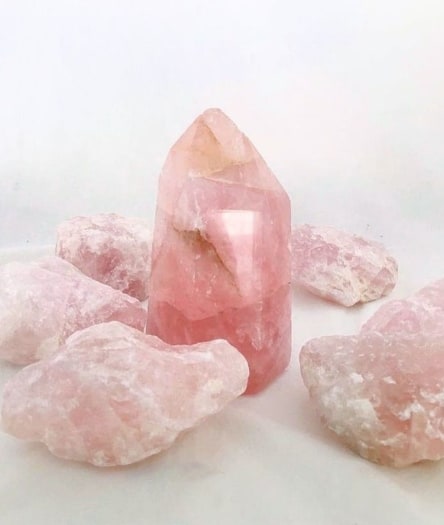
Rose Quartz
Rose quartz is one of the most beloved varieties of quartz by crystal collectors. In fact, rose quartz has been popular among ancient civilizations because they believed it reversed aging and preserved beauty. Don’t believe then do some research on Aphrodite and the Assyrians.
You’ll notice I didn’t put the word “crystal” in the heading because most rose quartz comes in large chunks
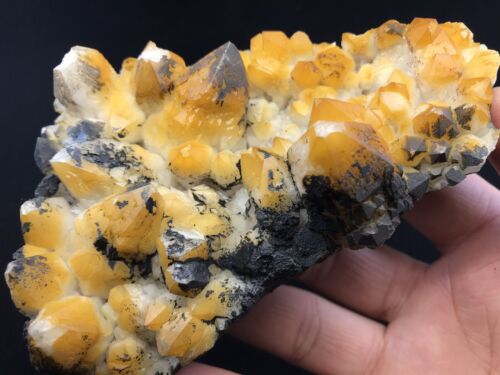
Milky Quartz Crystals
Milky quartz is so named because it has a rich white color and looks like a frozen cloud inside of a crystal. These cloud-like inclusions are caused by air, gas, and feathers caused by stress from the growth phase of the crystal. The quartz cluster above is actually “skeletal quartz” and gets its name from the etches on the outside of the quartz crystal. Check out the link below to the open pit mine in South Carolina where you can dig your own.
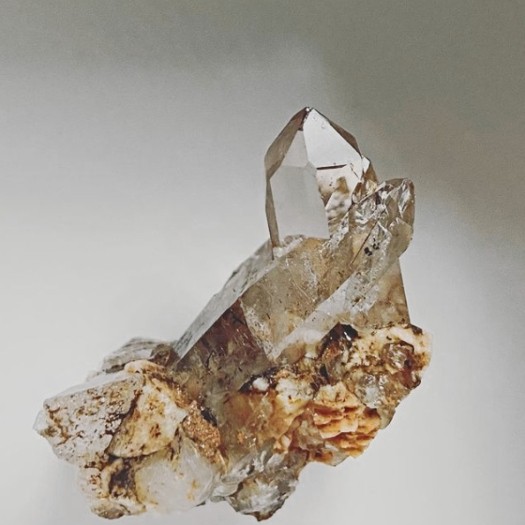
Smoky Quartz Crystals
Smoky quartz is the least popular variety of quartz crystals and I’m not sure why. The colors range from a light smoky to a dark black color and you’ll see single points sourced from Colorado and clusters sourced from Switzerland. Better yet, look up a “gwindle” smoky quartz crystal when you have a minute. These are rare crystal formations sourced from a mountain region in France. Probably my favorite representation of Smoky quartz.
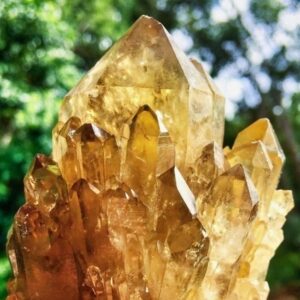
Citrine
Citrine is one of the most popular varieties of quartz and you rarely see it in crystal form. Most people have seen faceted pieces and broken crystals which are crafted into cabochons or tumbled pieces. Its commercial availability makes it popular among jewelry designers and lapidary artists. Citrine comes in a few different hues and saturations such as orange, yellow, and a hint of red.
- How to value citrine
- How to identify citrine
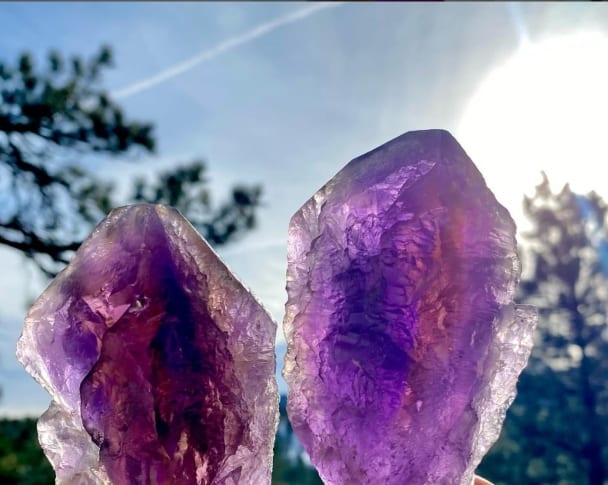
Ametrine Crystal
The name “Ametrine” is a combination of each stone’s name, amethyst and citrine which are varieties of quartz. Crystals exhibiting deep colored zones with a well-defined line between them demand the highest price per carat. Most, if not all of the natural ametrine comes from a single mine in Bolivia but the buyer should be aware of the large quantities of synthetics on the market.
Ametrine crystals are fairly rare and hard to source because most of the material is fashioned into jewelry or used by lapidary artists.
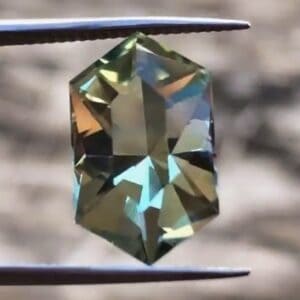
Prasiolite
Prasiolite is very common and you’ll see it at every rock and mineral show you attend. Most of the time, prasiolite has been cabbed and faceted into different shapes and sizes which are used in jewelry and beaded bracelets.
The main sources of high-quality prasiolite come from Brazil, Uruguay, and Nigeria.
Due to it being fairly inexpensive, prasiolite is worn and collected by most rockhounds and crystal enthusiasts.
- Pale to medium-colored green
- Translucent – transparent
- Large chunks are common
- How to identify prasiolite
- How to value prasiolite
Where is Quartz Found
Quartz is found on every continent around the world but the highest quality quartz crystals are mined in Hot Springs, Arkansas. The most unique double-terminated quartz crystals come from Herkimer, New York.
How Many Types of Quartz Are There
There are 6 main types of quartz (amethyst, citrine, milky, rose, smoky, and prasiolite) and 9 cryptocrystalline varieties (agate, bloodstone, carnelian, chrysoprase, flint, jasper, onyx, sard, sardonyx).
Types of Clear Quartz Crystals
There is only one type of clear quartz crystal but the rock and mineral industry likes to give trade names to quartz crystals. For example, a Herkimer diamond is a double-terminated crystal mined in Herkimer, New York. If a crystal has a unique inclusion then they will name the crystal after the inclusion. For example, Ajoite quartz crystals.
- Identify Enstatite - March 12, 2024
- Identify Cerussite - March 3, 2024
- Identify Bytownite - February 18, 2024
